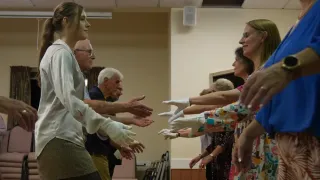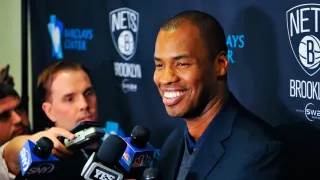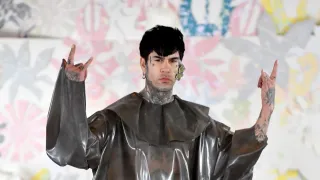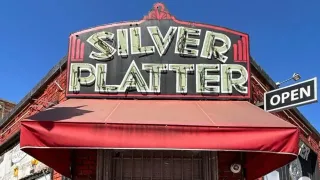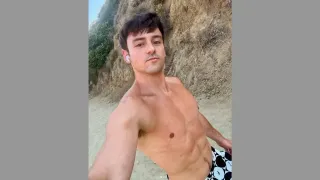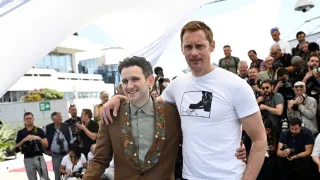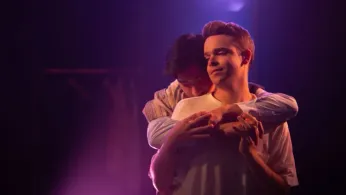
Aug 9
‘Four Play’ Unpacks Queer Open Relationships In Provocative New West End Comedy
READ TIME: 3 MIN.
A fresh and unflinchingly honest comedy is making waves on the West End this summer. ‘Four Play,’ written by Jake Brunger and directed by Jack Sain, is currently staging a limited run at London’s King’s Head Theatre, captivating audiences with its exploration of queer relationships, emotional vulnerability, and the boundaries of intimacy. The production, featuring Daniel Bravo, Lewis Cornay, Jo Foster, and Zheng Xi Yong, runs until August 17, 2025, and has quickly become a touchstone for LGBTQ+ representation in British theatre .
Four Play’ centers on Rafe and Pete, a committed couple who, after seven years together, begin to question the boundaries of their monogamy. Seeking to explore new experiences, they agree to invite their mutual friend Michael into their relationship. Michael, himself partnered with the charismatic Andy, soon finds himself swept into a rapidly complicating situation, as what starts as a seemingly rational arrangement quickly devolves into a web of emotional entanglement, desire, and uncertainty .
The play does not shy away from the awkwardness, humor, and pain that can arise when partners attempt to redefine their relationships outside the structures of traditional monogamy. Instead, it leans into these moments, using wit and sharp dialogue to interrogate the “unspoken rules” of queer intimacy. “What begins as an intellectual experiment in sexual exploration quickly escalates into a chaotic web of emotional vulnerability, betrayal, and unanticipated desire,” notes the official description from the King’s Head Theatre .
Critics have praised ‘Four Play’ for its honest and nuanced portrayal of LGBTQ+ relationships. Jo Foster’s performance as Andy has been singled out as particularly compelling, with West End Wilma describing Foster as “beautifully androgynous… confident and hilarious in their own skin.” The review applauds the production for allowing queer actors to fully embody authentic roles, setting a new standard for representation on stage. “It is a benchmark for how queer theatre can be done well,” the review concluded, awarding the production five stars .
The ensemble cast brings depth and vulnerability to their roles. Zheng Xi Yong’s portrayal of Pete is recognized for its subtlety, capturing the internal conflict between desire and loyalty. Daniel Bravo and Lewis Cornay round out the cast, each delivering performances that highlight the nuances of queer partnership and the complexities of navigating love in a rapidly changing world .
Theatre has long been a space for LGBTQ+ communities to see their stories reflected and their identities affirmed. ‘Four Play’ stands out for its refusal to simplify or sensationalize the messy realities of queer relationships. Instead, it offers a space for audiences—queer and allied alike—to grapple with questions of honesty, trust, and the pursuit of fulfillment.
The play’s frank depiction of open relationships is particularly timely, as conversations about non-monogamy and relationship diversity become increasingly visible within LGBTQ+ circles and beyond. By portraying its characters with empathy and humor, ‘Four Play’ invites viewers to question their assumptions and consider the many ways love can be expressed and sustained .
In a post-show Q&A scheduled for August 10, the creative team will address audience questions about the play’s themes and the real-life experiences that inspired its creation, providing an opportunity for further discussion and community engagement .
‘Four Play’ exemplifies the power of queer storytelling to challenge stereotypes, foster understanding, and celebrate the diversity of human relationships. As the production continues its run, it serves as both entertainment and a catalyst for meaningful conversation within the LGBTQ+ community and the wider public.
Performances are scheduled through August 17, 2025, with ticket information available via the King’s Head Theatre website .
